Dissolved Oxygen Meter for Air Control in Wastewater Treatment Factories

The proper management of wastewater is key to ensure environmental well-being, in this process, an important variable is dissolved oxygen, a factor that contributes to discoloration, aerobic digestion, chemical stability, nutrient bioavailability and optimization of biological processes.
How can the operations desks contribute to improving the sustainability of the health sector?
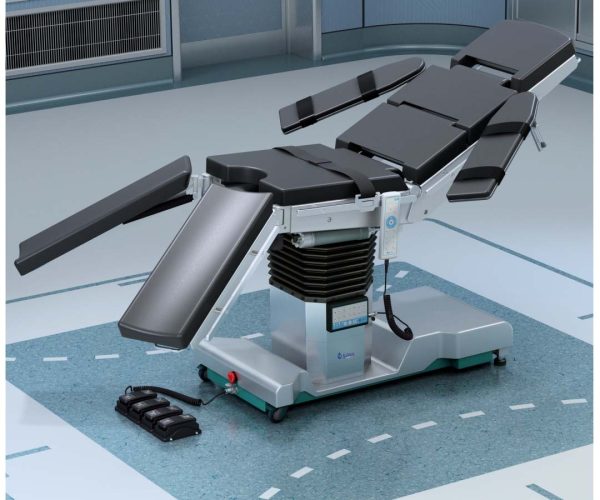
The use of modern operating tables is an important step to reduce the environmental impact of the health sector, improve the safety and efficiency of work in hospitals and clinics, while offering a better standard of health to their patients. This technology has become an indispensable tool for achieving a sustainable environment in the health sector, optimizing the financial, human and material resources available. Operating tables are emblematic of progress, thanks to their multiple functions, essential to achieve the best service for the patient.
Use of Micropipettes in the Pharmaceutical Industry
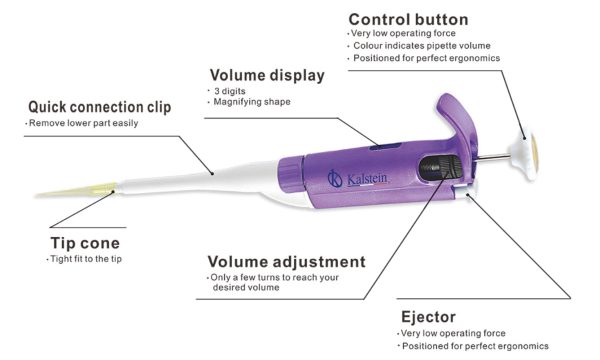
The pharmaceutical industry is progressing faster and faster, pushing the limits of pharmaceutical quality, accuracy and safety to new heights. Modern medicine is an ever-evolving area of research and development. The specific medication and treatments designed depend to a great extent on the exact and controlled handling of liquids, this task is being carried out with the help of advanced scientific tools.
How is the anesthesia machine prepared for use?

Anesthesia is an essential component of many modern medical procedures. Its benefits are immense for the patient, including faster recovery and less pain. While anesthesia is a valuable and powerful tool, it is also very delicate and requires a qualified professional to prepare it properly in order to provide the best care and prevent potentially serious complications.
Use of Micropipettes for the Determination of Neurotransmitters
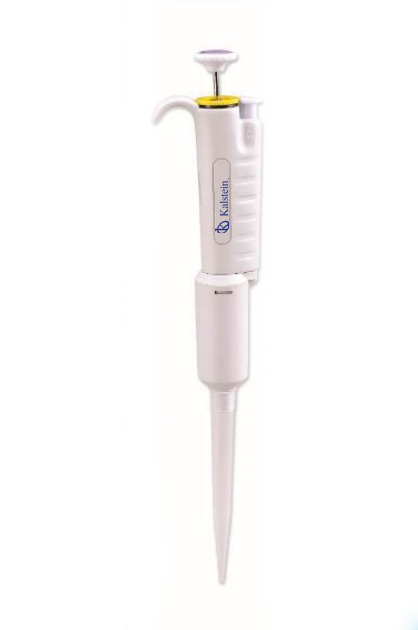
Micropipettes are tools that are often used in laboratories to make accurate measurements of volume, one of the uses of these micropipettes is the determination of neurotransmitters in biological media. Neurotransmitters are chemicals produced by nerve cells, which help regulate intercellular activities. The levels of neurotransmitters in biological tissues are extremely important for understanding internal physiological processes and potentially for diagnosis in clinical medicine.
Radiant Heater is an effective tool to improve the survival of newborns with neonatal diseases
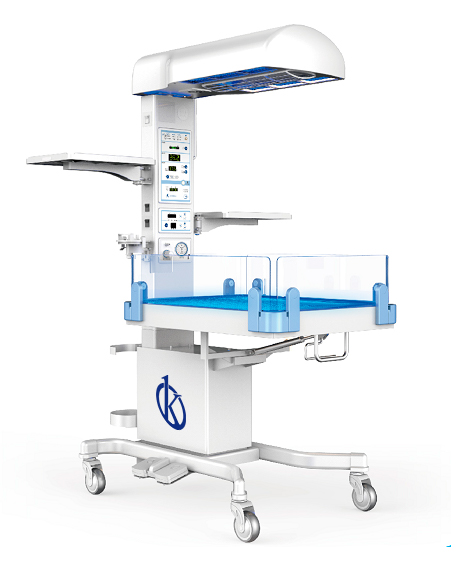
Newborns with neonatal health problems are susceptible to diseases due to their sensitive age, however, their survival depends mainly on the medical care they receive. The use of a low and neutral infrared (NIR) radiant heater is an effective medical tool to improve the survival of these children, a NIR radiant heater is a specially designed bed that provides body heat to patients.
Functions of Micropipettes for the Determination of Organic Matter

Micropipettes are a laboratory device widely used to make accurate measurements in microvolumes or very small amounts, they are used to record and manipulate microscopic samples in the field of chemistry, biology, pharmaceutical industry, among others.
Improved safety when using the electromedical tool electrocardiographs
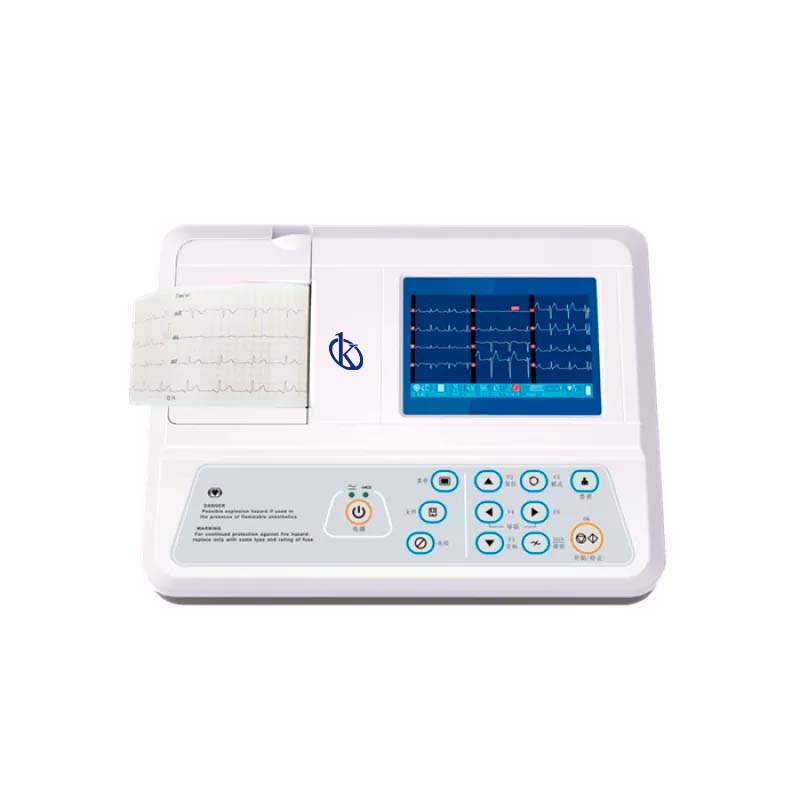
In the current era, the use of electrocardiographs as an electromedical tool has increased significantly, due to the fact that it is a versatile and useful tool to detect and diagnose a variety of heart-related conditions. This is also due to the wide availability of electrocardiographs, which allow a greater number of health professionals to perform non-invasive tests with this important device.
Use of Micropipettes for Protein Determination
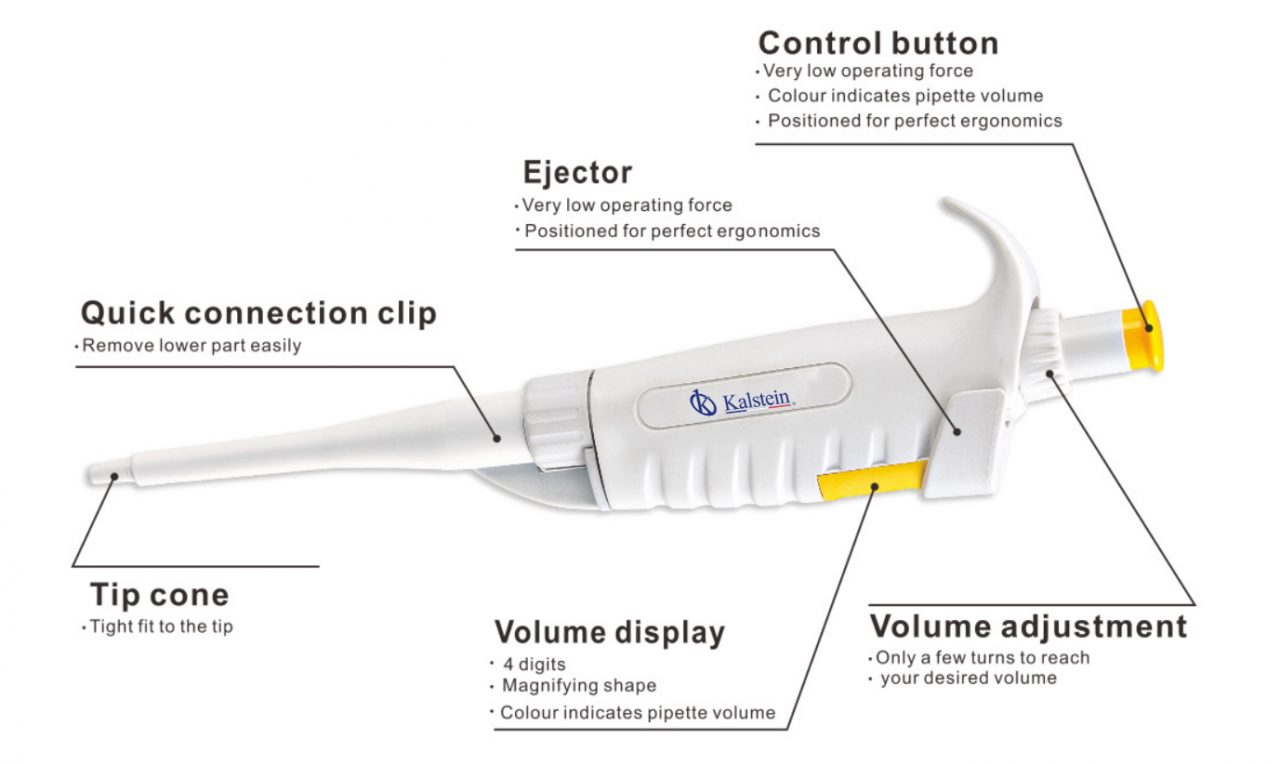
Determining the protein concentration in a sample is a critical step in analysis and research once proteins are extracted from the extracted proteins. Traditional methods of determination have been notoriously inaccurate, but recently the popularization of Micropipettes and related instruments has taken the place of classical methods.
Efficacy of the Bilirubin Phototherapy Unit in the Treatment of Anemia of Neonatal Infectious Diseases
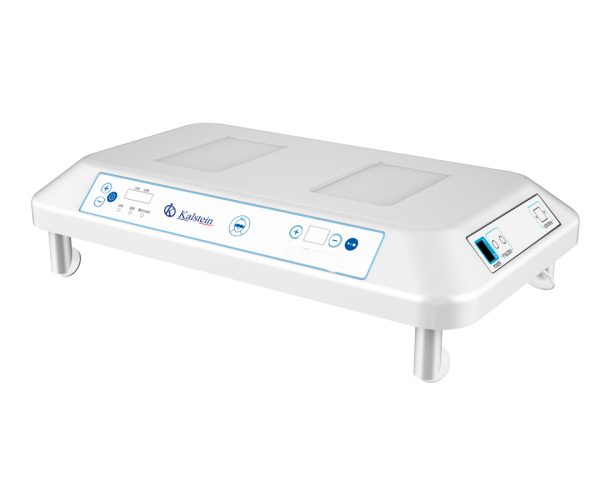
Anemia is a disease that affects a large percentage of people in the world, especially children under 5 years old; this disease is characterized by the decrease in the number of red blood cells that contains the blood. Neonatal infectious anemia is one of the most common variants of anemia and affects newborns, boys and girls. This type of anemia can be caused by several infectious diseases such as malaria, tetanus, measles, tuberculosis, dengue, HIV, chikungunya, and rotavirus.
